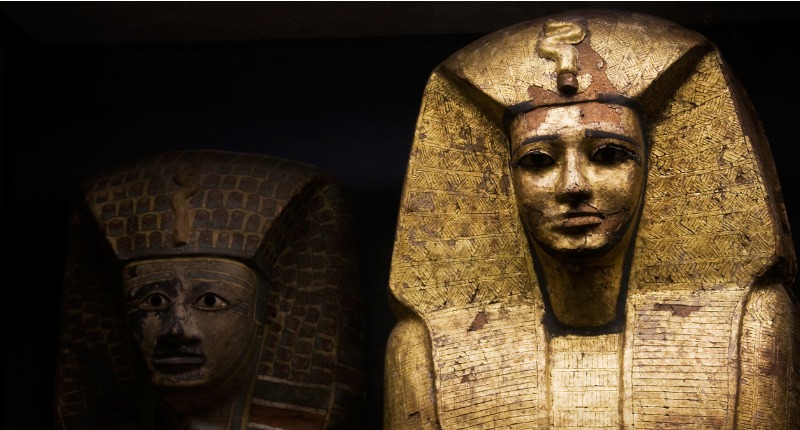A gilded enigma, the mummified priest Nespamedu was known only by his glittering gold five-piece sarcophagus. For nearly a century, he’s intrigued visitors to Spain’s National Archaeological Museum in Madrid with one simple question: Just who was Nespamedu to be worthy of such a rich and elaborate afterlife?
According to LiveScience, new research released in the museum’s journal has shed light on the life and identity of this mystery mummy. Excavated in Saqqara, the necropolis Nespamedu, which means “He who belongs to the scepter,” where the elite of the city of Memphis were buried, was donated to the museum in 1925.
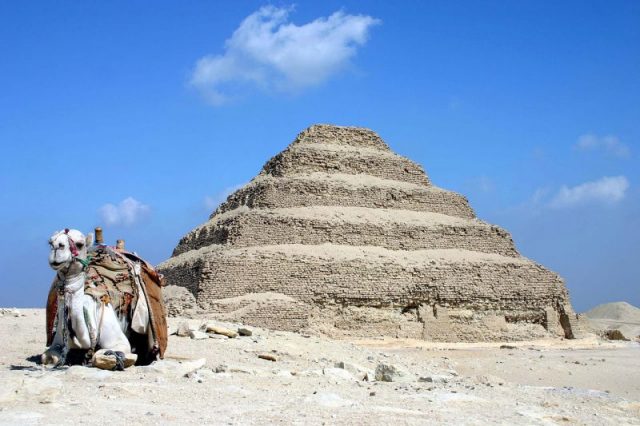
Its owner told museum staff that it was the remains of a woman. X-rays of the sarcophagus disavowed them of that notion and the inscriptions on the coffin revealed his name and occupation — a priest and physician to the Pharaoh, the immortal god-king of ancient Egypt. As Nespamedu was still fully wrapped in his crusty bandages when he arrived at the museum, he was left that way.
Unwrapping mummies for entertainment and study was something of a trend in the 19th century. While it livened up the social calendar of the Victorian elite, they’re weren’t exactly delicate with the fragile remains and so it’s a nightmare for modern researchers who would rather have these priceless remains in their original state.
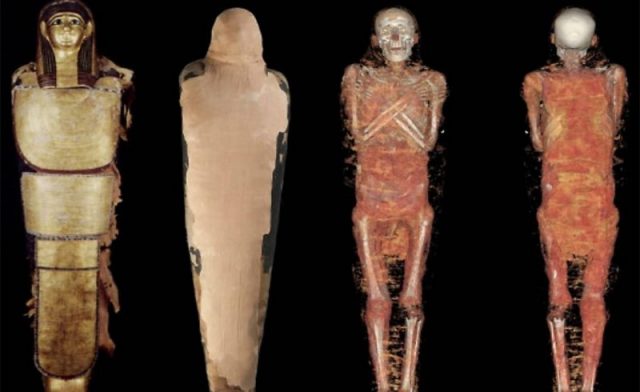
Their patience was rewarded when in 2016 the museum sent Nespamedu for a CT scan at the nearby Quirónsalud Madrid University Hospital. During this process they found a wealth of clues that finally put this 2,300-year old mystery to rest.
The CT scan peeled back the layers of ancient bandages, gruesomely thin flesh and brittle bone to produce almost 3,000 images of the mummy over 15 hours, allowing scientists to create a 3D recreation of everything from the accessories he was buried with to the state of his skeleton.
Nespamedu is now thought to have been 55 at the time of his death, and he lived sometime around 300 to 200 BC during the reign of the Ptolemaic dynasty. The Ptolemies were descended from one of the generals of Alexander the Great, and ruled following his conquest of Egypt in 332 BC and his death in 323 BC.
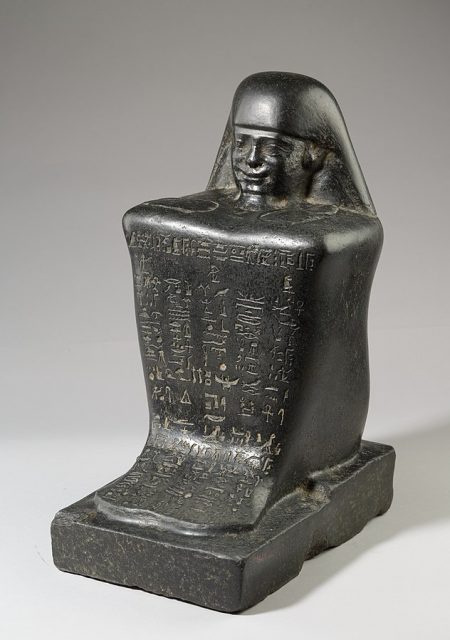
Under the tightly bound gauze were dozens of charms and amulets, one of them showing the ibis-headed Thoth, the god of science and medicine, and another showing the wedjat, the left eye of falcon-headed god Horus, the symbol of wholeness. The eye of Horus is a common protective charm for the living and dead alike, but taken together these religious totems tell a story.
In ancient Egyptian mythology, Thoth healed the eye of Horus after battle and the museum’s researchers think that this may be a clue that Nespamedu was the personal eye doctor to the reigning pharaoh of his lifetime, Ptolemy II.
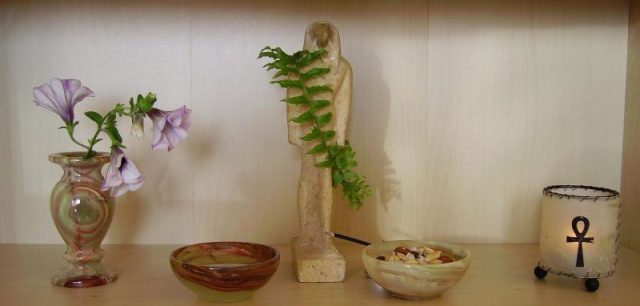
“There is nothing casual about the iconography and it is clear that he wanted to register his beliefs and the responsibilities that had elevated him to the upper echelons of society,” the report said. “The fact that he was the pharaoh’s doctor makes us think that part of his life was lived in Alexandria, where Ptolemy II had his court.”
To the ancient Egyptians, every act on earth had a divine component and there were gods and temples for every calling. Inscriptions further describe Nespamedu as “servant of Imhotep” — the one who inspired the undying movie villain of 1932 and 1999’s The Mummy and 2001’s The Mummy Returns.
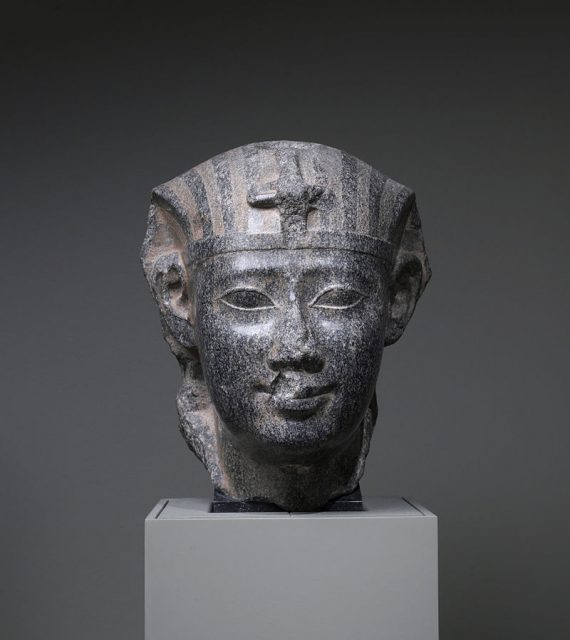
A real historical figure who became the god of scribes and architects under earlier rulers, Imhotep was associated with the ancient Greek god of healing Asclepius by the Ptolemies, who brought much of their own culture with them. This backs up the inscription that describes him as both a priest and physician.
The center of Imhotep’s cult was Memphis, the city nearest to Nespamedu’s burial place, and its temples were renowned as places of healing where priest-physicians would tend to the sick and bathe them in the sacred waters.
Read another story from us: The Egyptian Mummy Wrapped in a Manuscript from Ancient Italy
Nespamedu was clearly an eye doctor of enormous wealth, and social standing worthy of spending his afterlife as he had his life — in the company of kings.
